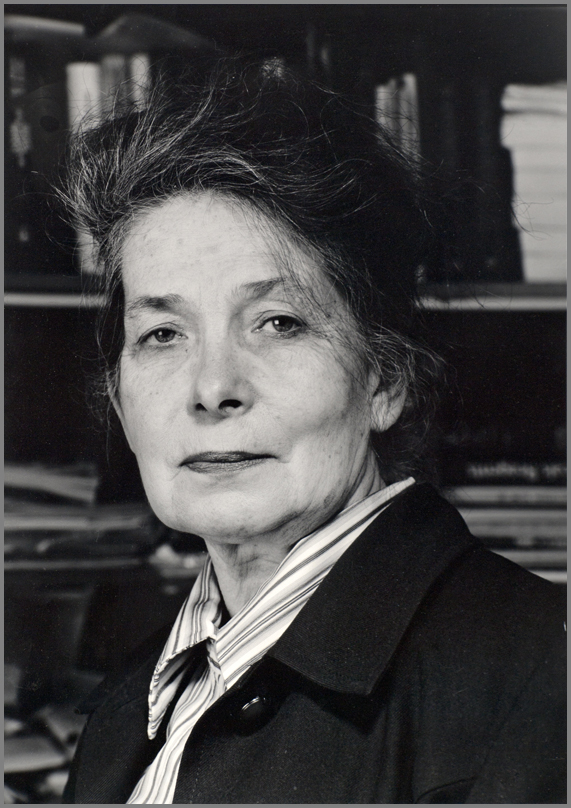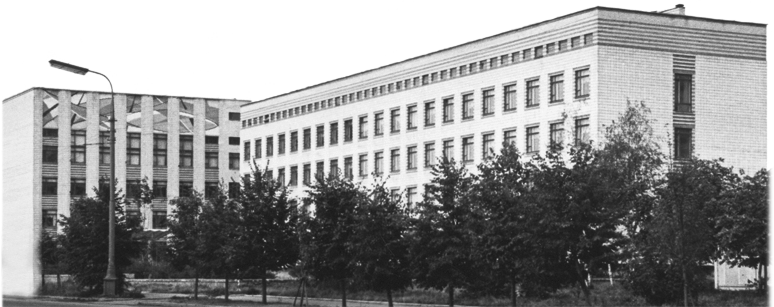
Research interests:
Investigations in the field of heterocyclic chemistry aimed at the development of new reactions, synthetic methods, and privileged scaffolds.
Scientific achievements:
In the series of heterocyclic compounds, some new reactions have been discovered and some new synthetic methods have been developed that proved to be useful for preparation of biologically active compounds.
The reaction of C-(3-indolyl)/aryl-N-aryl nitrones with sodium malonic esters affords substituted 3-aminoindoles/anilines — 3-indolyl/aryl-(2Z)-methylidene malonates or (2E)-acrylates. Being highly E/Z selective, the reaction proceeds via migration of the substituent from the carbon atom to the nitrogen atom. The products were proved to be useful in the synthesis of bioactive derivatives of δ-carbolines, which are analogues of cryptolepine, the natural antituberculosis alkaloid.
We proposed a new method for the synthesis of 2-chloro(acethoxy)-3-iminoindolines by rearrangement of 1-acetylindoxyl oxime. We also showed that it is possible to use 3-iminoindolines for the synthesis of 2-substituted 3-aminoindoles and their derivatives.
We developed a modification of the Nenitzescu reaction catalyzed by Lewis acids. This approach extends the practical usage of the reaction and allows synthesizing of 5-hydroxyindoles in good to high yields. Our finding was successfully used by chemists all over the world for the searching of new bioactive compounds.
Our investigations of 2-arylidene-1H-indole-3(2H)-ones (indogenides) allowed us to draw several important regularities in the reactivity of these compounds. We found that reactions of indogenides, depending on conditions, nature of reagents, and substituents, may be accompanied by opening or extension of the indole cycle, autocondensation, substitution of the vinyl hydrogen atom, intramolecular cyclization, or oxidation of the transition adducts. Several unexpected transformations led to development of new reactions and synthetic methods, namely:
Publications:
About 100 publications and patents within the period from 1965 to 2010
V.S.Velezheva, V.N.Azev, A.G.Kornienko, A.S.Peregudov, I.A.Godovikov, Yu.L.Sebyakin. The stereoselective synthesis of highly functionalized tertiary 3-aminoindoles/anilines or dihydropyrroles from C-(3-indolyl)-N-aryl and C,N-diaryl nitrones. Tetrahedron Lett., 2010, 51 (50), 6594-6597. DOI: 10.1016/j.tetlet.2010.10.045
V.S.Velezheva, A.I.Sokolov, A.G.Kornienko, K.A.Lyssenko, Y.V.Nelyubina, I.A.Godovikov, A.S.Peregudov, A.F.Mironov. The role of a Lewis acid in the Nenitzescu indole synthesis. Tetrahedron Lett., 2008, 49 (50), 7106-7109. DOI: 10.1016/j.tetlet.2008.09.087
V.S.Velezheva, A.G.Kornienko, S.V.Topilin, A.D.Turashev, A.S.Peregudov, P.J.Brennan. Lewis Acid Catalyzed Nenitzescu Indole Synthesis. J. Heterocyclic Chem., 2006, 43 (4), 873-879. DOI: 10.1002/jhet.5570430410
V.S.Velezheva, P.J.Brennan, V.Yu.Marshakov, D.V.Gusev, I.N.Lisichkina, A.S.Peregudov, L.N.Tchernousova, T.G.Smirnova, S.N.Andreevskaya, A.E.Medvedev. Novel pyridaz-ino[4,3-b]indoles with dual Inhibitory activity against mycobacterium tuberculosis and mono-amine oxidase. J. Med. Chem. 2004, 47 (13), 3455-3461. DOI: 10.1021/jm030479g
A.Yu.Lepeshkin, K.F.Turchin, A.L.Sedov, V.S.Velezheva. Influence of the structures of α-halo ketones and thioamides on the Hantzsch synthesis of thiazoles and thiazolo[5,4-b]indoles. A new approach to 4-acetyl-2-methyl-4H-thiazolo[5,4-b]indole. Russ. Chem. Bull., 2007, 56 (7), 1441-1446, DOI: 10.1007/s11172-007-0219-5
A.Yu.Lepeshkin, K.F.Turchin, E.G.Gal’pern, I.V.Stankevich, K.A.Lyssenko, V.S.Velezheva. Mechanism of dehydration of 2-CH2R-and 2-CHR2-4-hydroxy-Δ2-thiazolines as intermediates in the Hantzsch thiazole synthesis and factors impeding the synthesis of 2-Me-, 2-Ar-, and 2-Het-substituted thiazoles and thiazolo[5,4-b]indoles. Russ. Chem. Bull., 2007, 56 (7), 1447-1455, DOI: 10.1007/s11172-007-0220-z
A.G.Sergeev, G.A.Artamkina, V.S.Velezheva, I.N.Fedorova, I.P.Beletskaya. Palladium-catalyzed amination and amidation of benzo-fused bromine-containing heterocycles. Russ. J. Org. Chem., 2005, 41 (6), 860-874, DOI: 10.1007/s11178-005-0257-0


